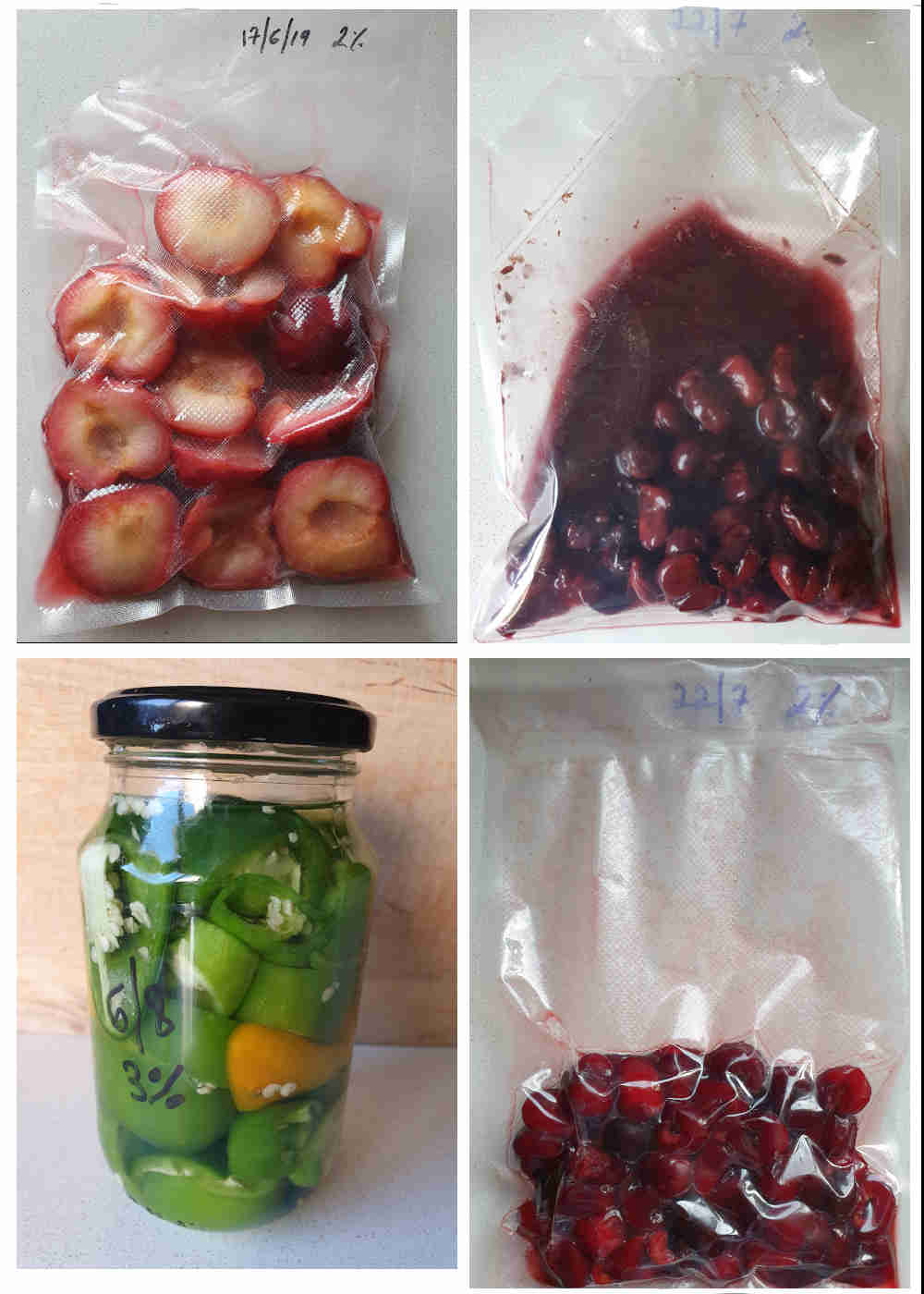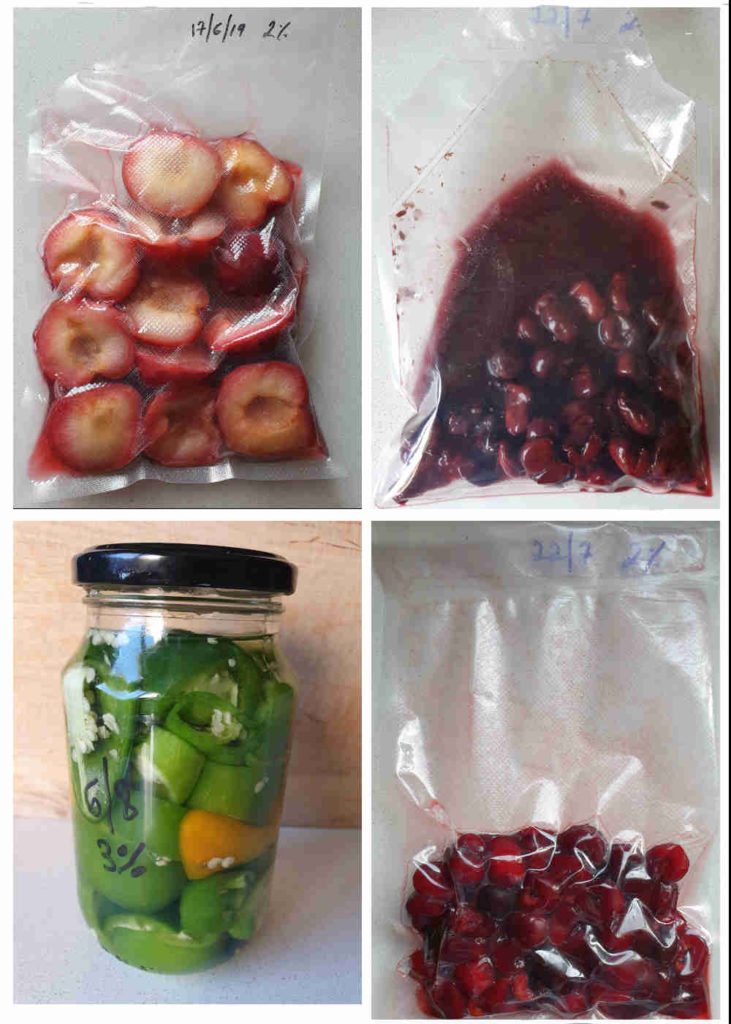6 Tips for Successful Fermentation

Here I will give you my 6 Tips for Successful Fermentation. Tips that I implement on my fermentation’s.
Fresh vegetables
Fresh vegetables are important for a successful ferment. When I make fermented vegetables, I want to create an environment where the bacteria are nourished by a high quality source, which is found in the fresh vegetables.
The concern in non-fresh vegetables is that they may begin the process of decay that could harm the fermentation process.
The quality of your ferment will be only as good as the ingredients you use. Use good fresh ingredients for the best fermentation.

Organic vegetables
Organic vegetables, just as I explained in the previous paragraph, I want to create an environment that will benefit the bactericidal bacteria. I would not want all kinds of pesticides on my vegetables. Pesticides that may be harmful to the fermentation process. Fresh organic vegetables are a healthy and wonderful source of fermented vegetables.
Digital weight
Digital weight is a very important tool in food fermentation. It is important to know the amount of salt we use for fermentation. With digital weight, the fermentation can be precise and we will get a more accurate result of the fermentation.
For example, for sauerkraut, there are recipes that require 2 medium-sized cabbages, but medium-sized cabbage can have a very wide weight range. And depending on the actual size and weight of the cabbages we will need to adjust the amount of salt needed.
But with a digital weight, all you need to do is to make a few calculations based on actual weight of the cabbages and then prepare the proper amount of salt and sliced cabbage to fit into your new fermentation jar or crock.
A digital scale is a must-have fermentation tool. If you have not yet purchased a scale get one now.
Make Notes

This is one of my most impotent recommendations. Make notes and stick labels on your fermenting jars. I write on my labels the starting date of the fermentation and the percentage of salt. This helps so that if the ferment succeeds I can see what I did right, and if you fail I can avoid repeating the same mistakes in the future. In addition, I would recommend holding a notebook and pen near your workstation. It’s always nice to open a jar of fermented vegetables several months old and know exactly what I am eating. Write notes and learn for the next time.
Keep the vegetables under the liquid

Use weights to keep your fermented vegetables below the brine. By keeping your vegetables below the brine, you’re keeping your ferment safe, and making the good bacteria (lactobacillus) happy. The good bacteria multiply with glucose and lack of oxygen. And at the same time, you’re preventing the pathogenic bacteria, which love fresh air, to thrive.
The 4 Best Fermenting Kits- June 2020
You can purchase different types of Weights that are made to keep your fermented vegetables below the brine. There are weights made of glass and porcelain.
If you don’t have a fermenting weight, you can use a core of cabbage or thick slice of Kohlrabi to keep the vegetables under the brine.
Another easy way to keep the vegetables below the brine is to use olive oil. Add a layer of extra virgin olive oil on top of your ferment to keep out oxygen and making the good bacteria happy, while allowing the CO2 to escape.
Read Books

Reading books and blogs of fermentation will lead you to new insights and give you original ideas. Leading writers, with a lot of experience in fermentation, like Sandor Katz or Kirsten K.
My favorite book is The Noma Guide to Fermentation. This book has been written by the fellas from Noma, former world number 1 restaurant on the planet. Rene made clear early on in this book that fermentation plays a HUGE part in everything they do at the restaurant.
With a good set of books, you can discover the processes and methods for producing fermented foods such as tempeh, miso, and koji, and will enable anyone to make these fermented foods successfully at home.
This was my 6 Tips for Successful Fermentation. If you have any more tips for a Successful Fermentation that you will like to share, write a comment and I will be happy to publish it.
This site is a participant in the Amazon Services LLC Associates Program and contains affiliate links to products. We may receive a commission for purchases made through these links.